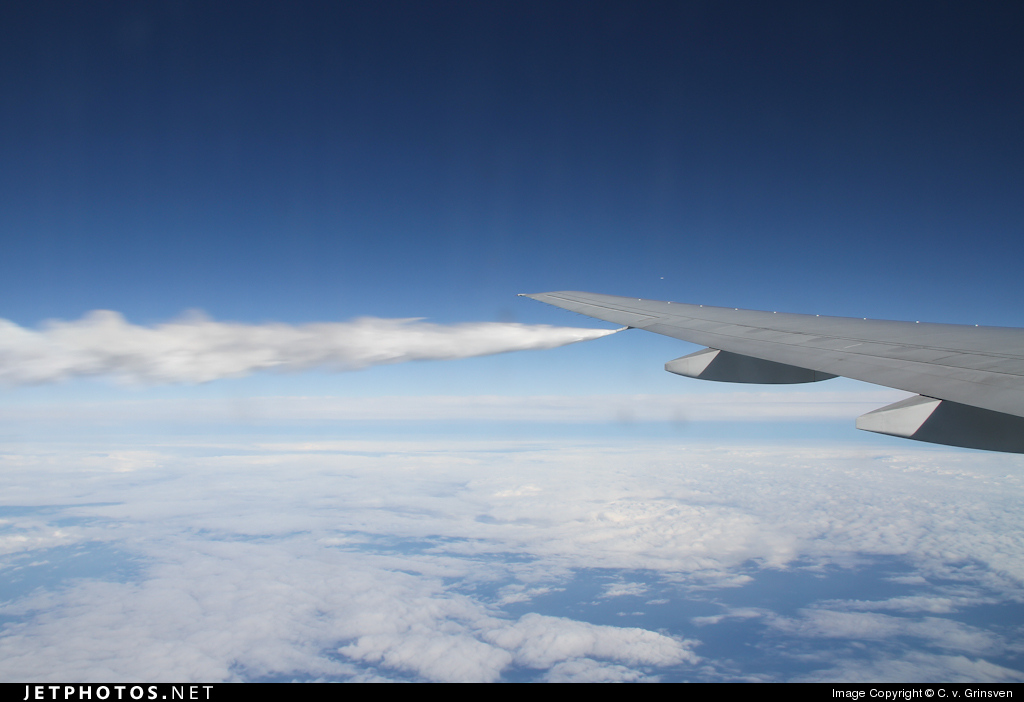Fuel Dumping is an emergency procedure used in certain situations to maintain and prepare the aircraft for a safe landing. In this article, we will discuss the procedure of fuel dumping and the consequences of this procedure. Let’s dig in!
Why dump the fuel?
The Maximum Takeoff Weight (MTW) and Maximum Landing Weight (MLW) are the two key weights for aircraft during a flight. Usually, the MTW is greater than the MLW and this is basically due to burning fuel during the flight. When landing the aircraft, the aircraft’s weight should weigh less than the MLW. Otherwise, It would be classified as an overweight landing attempt and would put a lot of strain on the airframe if the plane tried to land before even dumping the fuel first. Additionally, it can raise the possibility of a fire and gasoline leaking onto the tarmac. Therefore this creates a challenge for emergency landings following takeoff. In such cases, Fuel Dumping is a necessary step to be performed by the crew before an emergency landing.
The Process of dumping the fuel at altitude:

The pilots activate a switch in the cockpit, which pumps force the fuel out of nozzles in the wings. When the fuel is spread out over a sufficiently enough region, the particles vaporize into thin mist. Essentially dissipates into the atmosphere’s background gases after evaporating into a gaseous state. However, if an aircraft disperses its fuel at a low enough altitude, such as right after takeoff, it may remain in a liquid state until it hits the ground.
In this situation, the aircraft will aim to avoid populated areas or perform the operation on land rather than at sea because it would be like dumping hundreds of liters of gasoline upon them. The FAA makes it clear that no dumping is permitted below 2,000 feet.

The ASSIST principle
“Best practice embedded in the ASSIST principle could be followed (A – Acknowledge; S – Separate, S – Silence; I – Inform, S – Support, T – Time):
SKYbrary highlights the above process when dealing with fuel dumps
- A – acknowledge the emergency, ask for intentions and provide information regarding suitable fuel dumping areas and altitudes as well as suitable landing aerodromes as necessary;
- S – separate the aircraft from other traffic (see next section). If such an area exists, vector the aircraft to the designated fuel dumping area. Ensure that dumping occurs at an altitude that will allow evaporation/dissipation of the fuel before it reaches the ground – 5000 to 6000″ AGL is usually sufficient.
- S – silence the non-urgent calls (as required) and use separate frequency where possible;
- I – inform the supervisor and other sectors/units concerned; inform the airport emergency fire rescue services and all concerned parties according to local procedures; inform other (uncontrolled) traffic in the vicinity using a general call, e.g. “All stations, [ATS unit], [TYPE] dumping fuel [level] [route or location]”
- S – support the flight by providing any information requested and necessary such as type of approach, runway length and any additional aerodrome details, etc.
- T – provide time for the crew to assess the situation, execute the dumping procedure and complete associated checklists – don’t press with non urgent matters.”
Delta 777’s flight (Flight DL89) rained down fuel over some school playgrounds

A Delta 777 traveling from Los Angeles to Shanghai in January 2020 experienced an emergency shortly after takeoff and had to shut down one of the engines. According to Aviation Herald, the Boeing 777 flying from Los Angeles to Shanghai took off as usual from Los Angeles. However, the crew reported that the climb had to be aborted at 8000 feet due to a compressor stall on the twinjet’s right-hand engine. The aircraft was then forced to drop 15,000 gallons of fuel at a height of 2000 feet over a coastal metropolitan suburb. Sadly, it covered three schools, one of which was for young children. The following video shows clearly the fuel dumping of the flight DL89 back in 2020:
However, the pilots dumped fuel as the plane headed back to Los Angeles and safely landed. Unfortunately, several school playgrounds were covered in jet fuel, which led to a lot of individuals on the ground being injured. Delta stated that it sent 13 cleaning crews to affected schools to help with the outside cleanup to avoid additional hazards.
Is it possible for all planes to dump fuel?

The fuel dump capability is not built on many aircraft. This is true of the majority of regional jets and most narrow-body aircraft, including the 737 and A320. This is because it satisfies particular requirements established by aviation regulators demonstrating that they can still carry out crucial maneuvers like a go-around before landing close to maximum takeoff weight.
Sources:
Cover photo credits: C.v.Grinsven
Youssef Yahya is the CEO and Founder of Aviation for Aviators, a platform dedicated to the aviation industry. With over 3 years of experience as an aviation writer, Youssef is passionate about sharing his insights on aviation, entrepreneurship, and the broader business landscape. As a Teaching Assistant in Entrepreneurship at Nile University, he also nurtures the next generation of entrepreneurs. When he’s not exploring the skies or business ventures, you can find him saying, ‘Drag your coffee, and let’s talk aviation, entrepreneurship, and football.’
You might also like:
- Types Of Aircraft Icing And Its Effects On Flights
- What Happens When You Flush the Toilet
- Emirates Airline Chief Advocates for Airbus A380neo
- Boeing 737’s Latest News
- EVA Air Orders 18 Airbus A350-1000s and 15 A321neos
Discover more from Aviation for Aviators
Subscribe to get the latest posts sent to your email.

